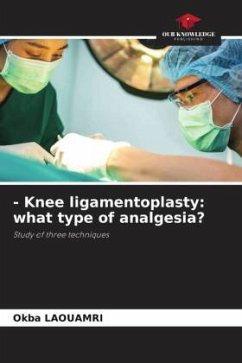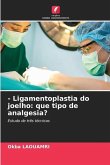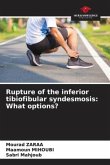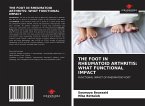Analgesic management of anterior cruciate ligament surgery requires multi-modal analgesia. The aim of the study was to evaluate three types of analgesic techniques in terms of efficacy, postoperative rehabilitation and the nature and frequency of incidents. This prospective study included patients scheduled for anterior cruciate ligament surgery, randomized into three groups: systemic multimodal analgesia (SA), femoral peri-nerve analgesia (FNA) and intra-articular analgesia (IAA). Numerical scale (EN) and morphine consumption, as well as an integration score for the two parameters (SIA score) were assessed from H2 to D5 postoperatively. 165 patients were included. Analgesia was better in the AF group. The occurrence of signs of post-procedural discomfort and patient satisfaction were comparable in the three groups.Conclusion: Our work demonstrated the superiority of continuous femoral peri-nerve analgesia over the other two techniques for anterior cruciate ligamentoplasty of theknee.
Bitte wählen Sie Ihr Anliegen aus.
Rechnungen
Retourenschein anfordern
Bestellstatus
Storno








